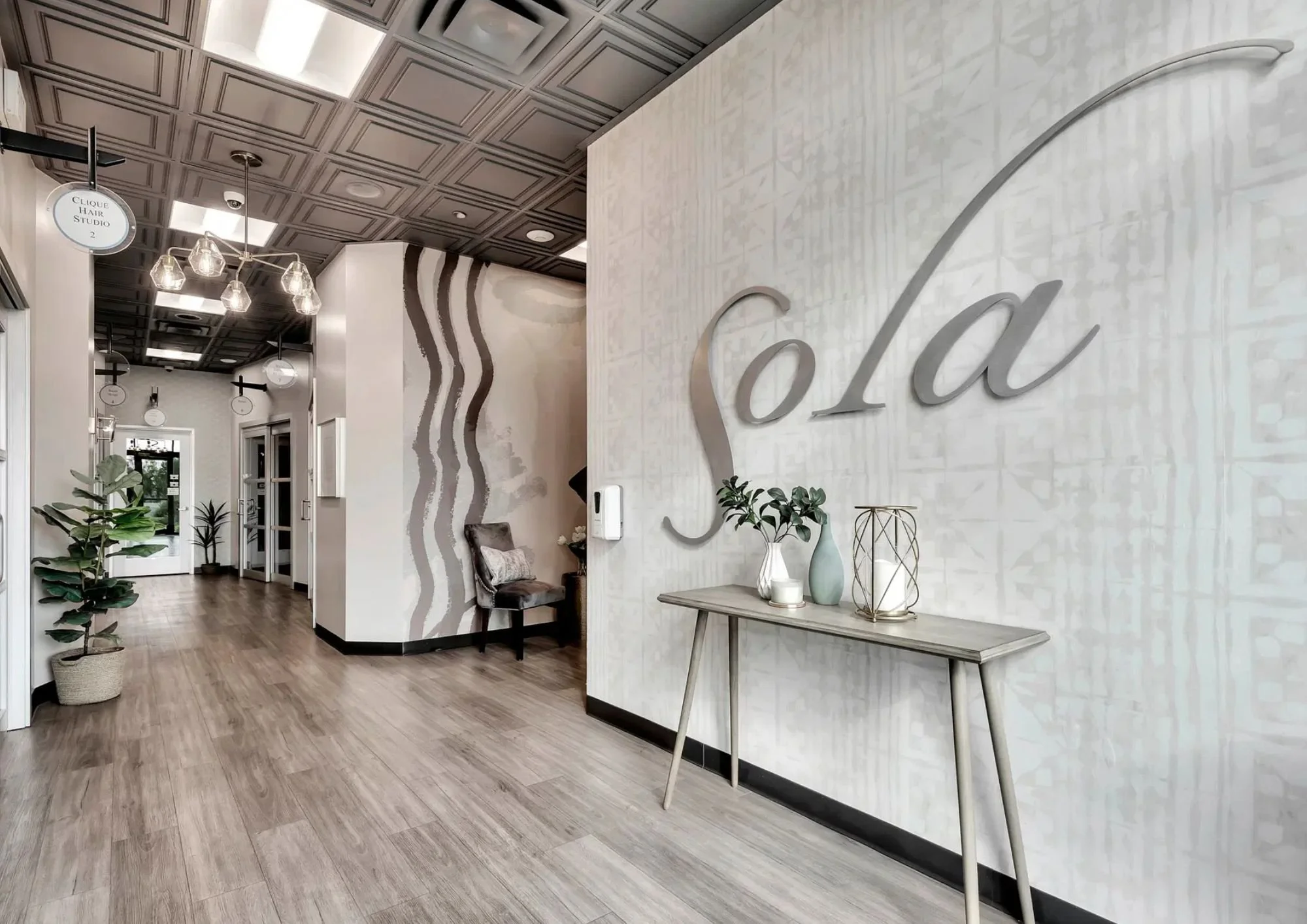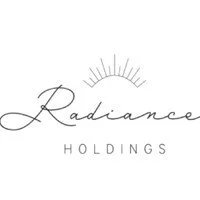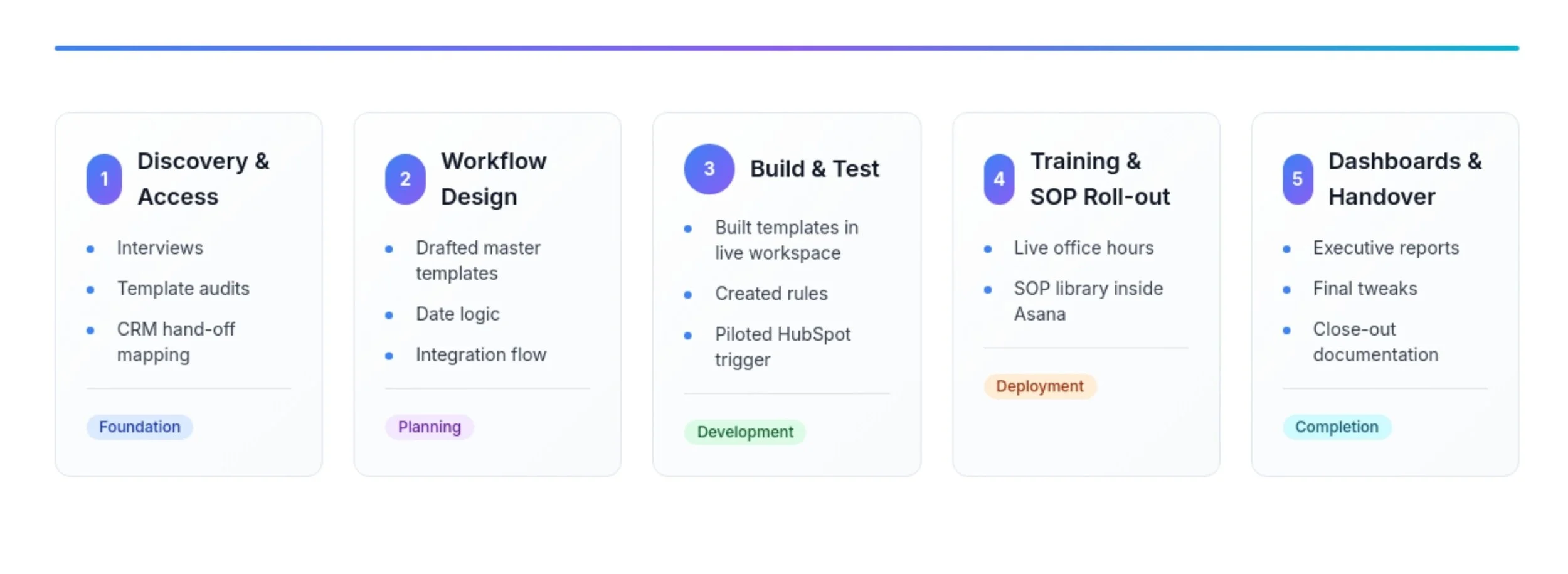How Radiance Holdings Automated Franchise Launches and Reduced Project Delays with Asana
FOCUS
Process Optimization, Support
SOFTWARE IMPLEMENTED
Asana
TEAMS TRANSFORMED
New Location Development
OVERVIEW
Radiance Holdings is the parent company of two high-growth franchise brands, Sola Salon Studios and Woodhouse Spas, each with its own unique roadmap for launching new locations. From lease execution and real estate milestones to design reviews and operational ramp-up, the process requires tight coordination across multiple teams and systems.
As the brands continued to scale, Radiance recognized an opportunity to take their project execution to the next level. While teams were already using tools like Excel, HubSpot, and Asana, there was a clear desire to bring everything together into a more centralized, automated, and scalable system.
That’s where Cirface came in to help Radiance build a more connected, dynamic workflow in Asana.
OPPORTUNITIES FOR OPTIMIZATION
As Radiance Holdings continued to grow, the team identified several areas where their systems and processes could evolve to better support scale and visibility across brands:
Bringing project tracking into one system – With different tracking methods in place for each brand, the team recognized the value of creating a centralized, end-to-end view of each location’s journey.
Building smarter scheduling workflows – Automating task dependencies and cascading dates offered a way to reduce manual updates, improve timeline accuracy, and free up time for more strategic work.
Improving cross-functional alignment – Radiance’s collaborative teams across construction, design, and real estate saw the potential for clearer coordination by linking their work within a shared project environment.
Enhancing reporting at scale – With more locations launching each year, there was a growing need for real-time insights into how projects were tracking against plan, without relying on exports or ad hoc updates.
Streamlining HubSpot and Asana workflows – The team identified key moments where HubSpot and Asana could work more seamlessly together, especially when moving from franchise agreement to project kickoff.
Simplifying franchisee onboarding logistics – Managing training registrations and external submissions presented a chance to optimize intake workflows, making it easier for internal teams and new franchise partners alike.
SOLUTION
Cirface applied its 4-D framework (Discovery, Design, Deployment, Documentation) to give Radiance a single, future-proof operating system for franchise roll-outs:
1. Redrawing the line between tools
We clarified roles for each platform. HubSpot now stays focused on franchise development deals, and Asana owns everything once the lease is signed. That single decision stopped double-entry and made it obvious where to look for answers.
2. Templates that launch work in seconds
For Sola, we built a 200-task master template; for the more complex Woodhouse brand, we created two linked templates covering about 300 tasks. Each template arrives with the right assignees, custom fields, and dependencies so projects spin up automatically, not by copy-and-paste.
3. Dynamic scheduling logic
Every task carries three dates:
Plan date (the original baseline)
Estimated date (the Asana due date, free to move)
Actual completion date (captured the moment a task is closed)
Dependencies keep downstream dates in sync, so when one milestone slips, the entire timeline adjusts itself.
4. Hands-free project creation from HubSpot
A countersigned franchise agreement in HubSpot now fires a task in a small triage board. An Asana rule then converts that task into a full project built from the correct template. Steps driven entirely by HubSpot are visually “greyed out” to show ownership at a glance.
5. Portfolio-level visibility
Organisation-wide custom fields feed executive dashboards in Asana, giving leadership a live view of schedule variance and completion rates across every location.
6. Forms that fit the job
Multi-week training sign-ups moved to Google Forms, which feeds a spreadsheet for easy scheduling. Asana forms remain the choice for detailed tech surveys that need to live inside the platform.
7. Weekly office-hours coaching
We ran live sessions on inbox hygiene, My Tasks rules, project structure, workload planning, and status reporting. The Radiance team finished the engagement confident enough to refine templates and coach new hires on their own.
Radiance now had repeatable franchise projects that launched at the click of a rule, which kept everyone on schedule and surfaced real-time insights for every stakeholder.

Our workflow is now significantly more efficient and transparent. Tasks are clearly assigned, timelines are easier to follow, and we're able to proactively identify roadblocks.
IMPLEMENTATION ROADMAP
RESULTS & IMPACT
1. Every new salon or spa now starts in a single Asana project that maps the entire journey, giving every stakeholder an instant view of status, owners, and next steps.
2. Dependency chains and the three-date model keep schedules current automatically, eliminating hours of manual updates and the risk of hidden delays.
3. Backup-assignee rules push work forward even when a task stalls, keeping construction and design on track without constant nudging.
4. Portfolio dashboards roll up plan-versus-actual metrics across all locations, allowing leadership to spot risks early and re-allocate resources quickly.
5. Weekly office-hours coaching turned the Radiance team into Asana power users who can refine templates, manage capacity, and train new hires without external help.
What started as a system improvement initiative has now become a scalable foundation for future growth. With the right workflows in place, Radiance is well-positioned to continue expanding with speed, clarity, and confidence. Plans to connect Asana with tools like Power BI will add another layer of insight, further enhancing the strategic value of the system they've built.




